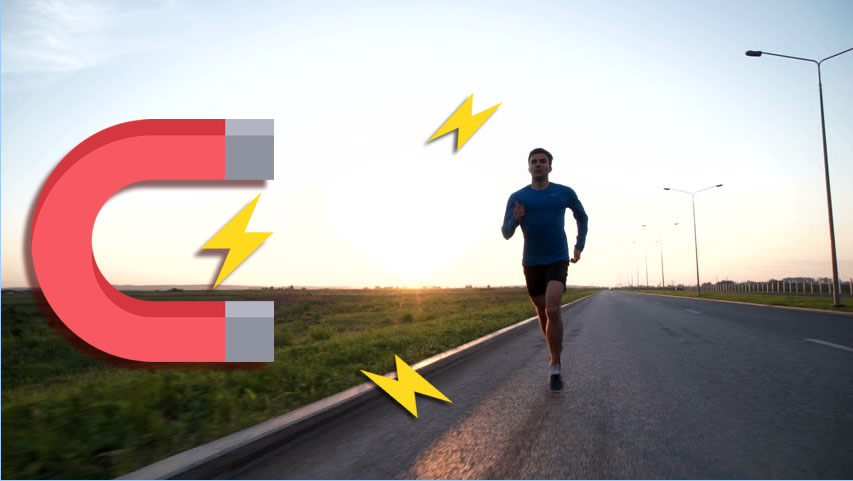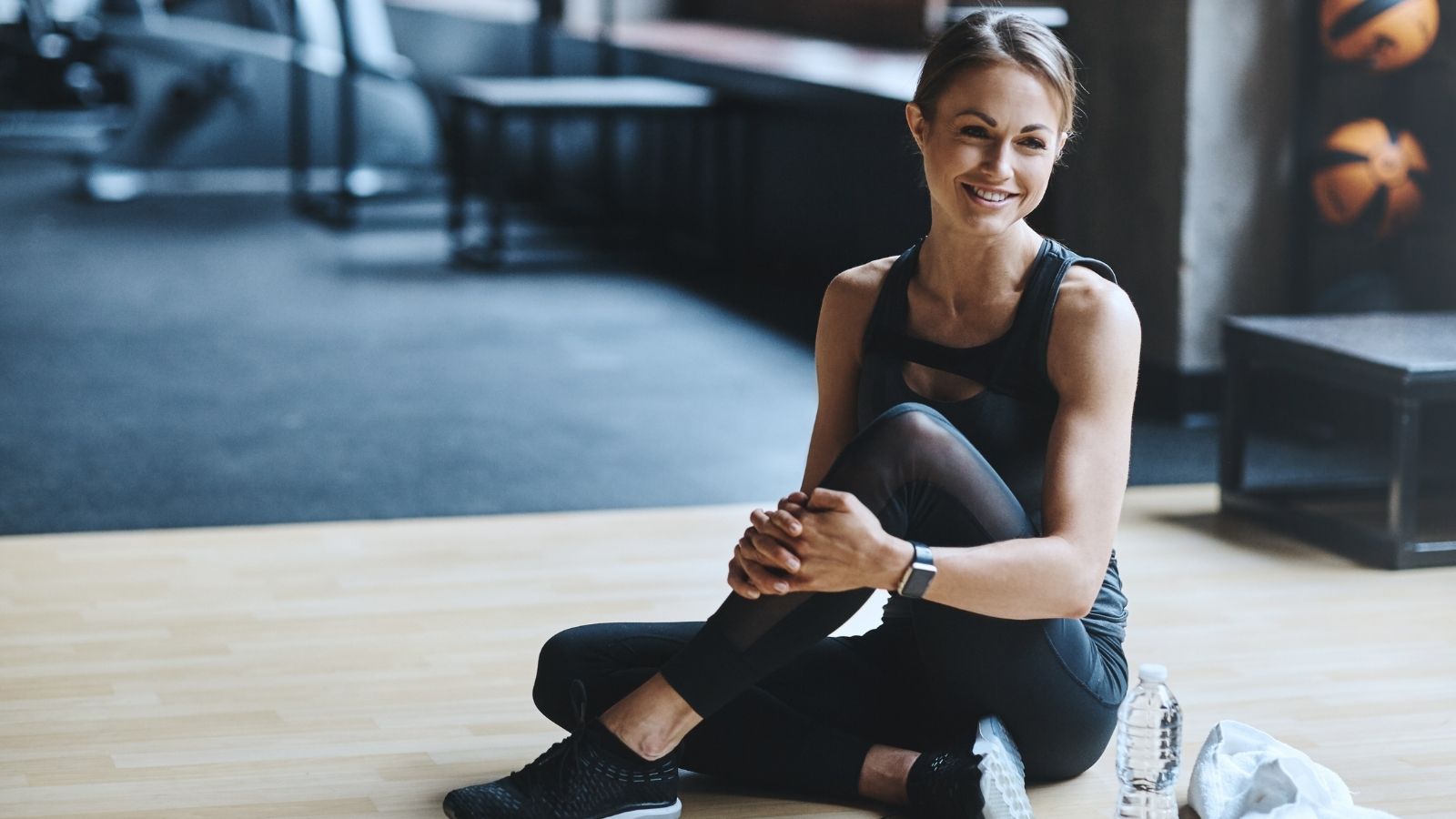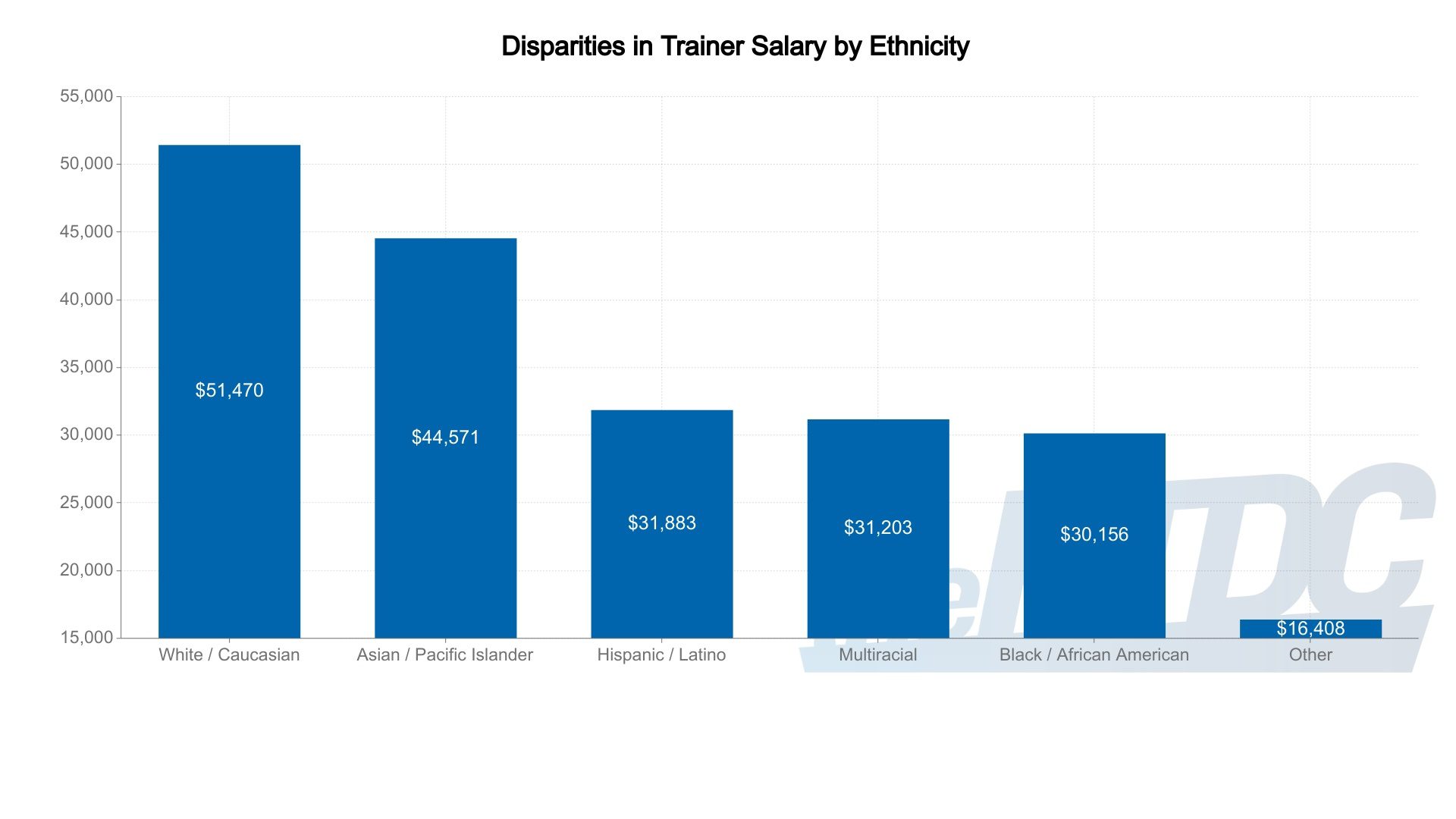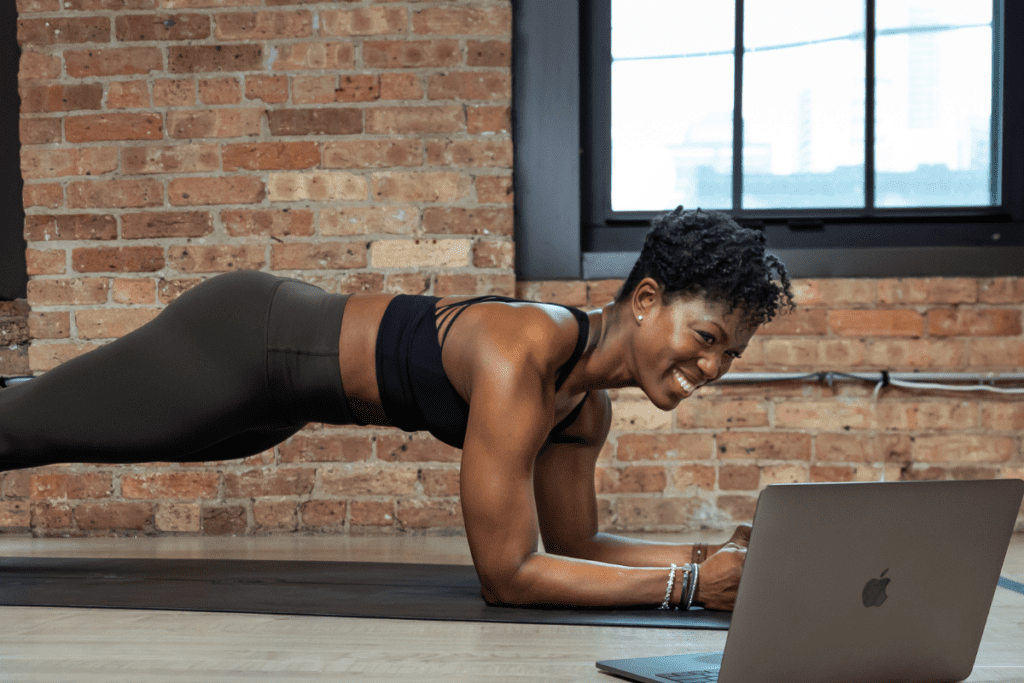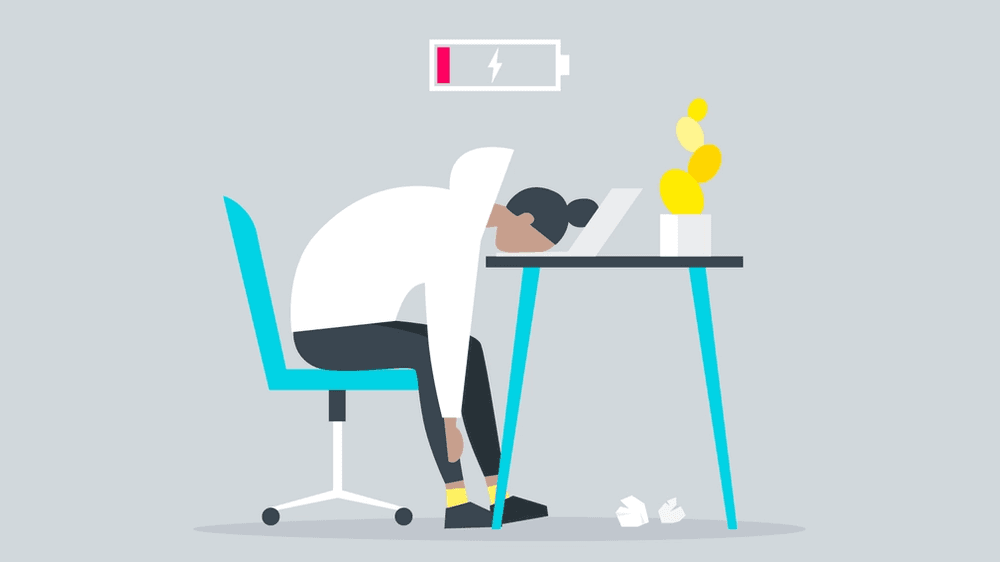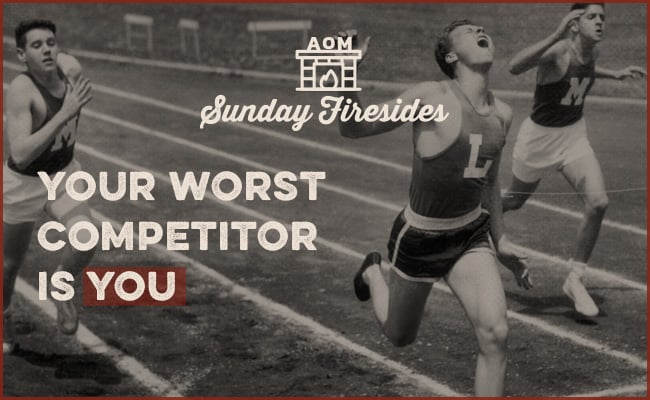Gym shoes – check! Water bottle – check! Face mask – check! Concentric and eccentric movements – Bueller… Bueller? Not to be mistaken for the latest workout moves, concentric and eccentric movements are something you’re probably already doing, but may be overlooking when planning your strength workouts. Here is everything you need to know about concentric and eccentric movements and why you should be doing both.
What are concentric and eccentric movements?
Concentric exercise describes the shortening of a strength training movement, while an eccentric movement is the lengthening portion of the movement. Think of a basic bicep curl. The lifting portion of the curl is the concentric movement and the lowering of the curl is the eccentric movement. Pretty straightforward.
Both phases of exercise are valuable, but most people pay way less attention to the eccentric movement. I mean, let’s be real here folks. How many times have you let your arm drop after a bicep curl or you’ve fallen to the floor after completing that pushup? (My point exactly.) Eccentric movements often feel like a release or resting phase—but don’t let that fool you. The often-overlooked eccentric movement may hold the key to leveling up your fitness goals.
Why eccentric movements are important
Have you ever been in your favorite workout class and the trainer gives you a cue to stay controlled and focused as you lower into a squat or perform a push up? That’s because they want you to focus on the eccentric movement. The lengthening or lowering phase of an eccentric muscle contraction is often referred to as negative work because this is when the muscle is absorbing the most energy from an external load.
While the eccentric movement may seem like the restorative part of a movement, eccentric muscle contraction is essential in building strength. Our muscles need to be able to shorten and stretch with control over various loads, which is why it’s important not to overlook the eccentric portion of a strength movement within your workouts.
Dr. Jordan Duncan, owner of Silverdale Sport & Spine (a movement-based sports rehab clinic), says, “Most people do well with concentric movements, but tend to struggle with eccentric movements. Eccentric movements are very important to incorporate into workouts because they help control and decelerate movements and play an important role in injury prevention. Great eccentric control is vital in any physically demanding activity, exercise or sport.”
Concentric and eccentric movements to try
Colin Laughlin, certified strength and conditioning specialist (CSCS) and owner of virtual personal training company, QualityLife Fitness, says, “All exercises have a concentric and eccentric component to them.”
Duncan agrees stating, “Concentric and eccentric exercises can be performed within the same exercise. The concentric phase would involve performing the action that shortens the muscle and the eccentric phase would involve slowly lengthening the muscle under control.”
Laughlin continues, “To focus on the eccentric component, move slowly and controlled through the ‘easier’ part of the movement.” So, instead of rushing through a movement, take your time and truly absorb the full weight from that external load. By doing this, you are essentially giving your muscles a better workout. Some great eccentric movements to try include:
- Ab rollouts
- Lowering down from a chin-up or pull-up
- Lowering into a pushup
- Lowering the arms during a weighted bicep curl
- Nordic hamstring curls
- Slow lower to reverse lunge
- Slow lower to squats
- The downward phase of a Romanian deadlift
Laughlin cautions, “When done correctly the eccentric portion of a movement will cause a lot of good ‘muscle damage,’ creating a greater soreness later on.” Since eccentric muscle contractions often lead to more microfiber tears, which is essential to building visible muscle definition and strength, they can often cause more soreness, which may discourage people from continuing eccentric movements in their weekly workouts. Remember, soreness is quite normal and is part of the process. To limit soreness, emphasize eccentric movements to a few days a week while supplementing with other soothing activities like stretching and yoga.
If one of your goals is to be more explosive, Laughlin recommends focusing on concentric contractions. “This will be where you produce the most force.”
Duncan agrees. “Concentric movements are important to incorporate into workouts because they are crucial in building strength and muscle mass.” Some examples of concentric movements include:
- Glute bridges
- Jump squats
- Push-ups with an emphasis on coming up quickly
- TRX rows
Although both concentric and eccentric movements are vital to strength training, the often-overlooked eccentric movements may help you level up your workouts and execute your overall fitness goals. So, the next time you want to rush through the lengthening motion of a movement, resist the urge. Instead, slow down and focus so you can crush all of your gym goals.
Did this post help you get closer to achieving one of your goals?
This post appeared first on:
https://asweatlife.com/wp-content/uploads/2021/02/concentric-and-eccentric-movements.jpg //

